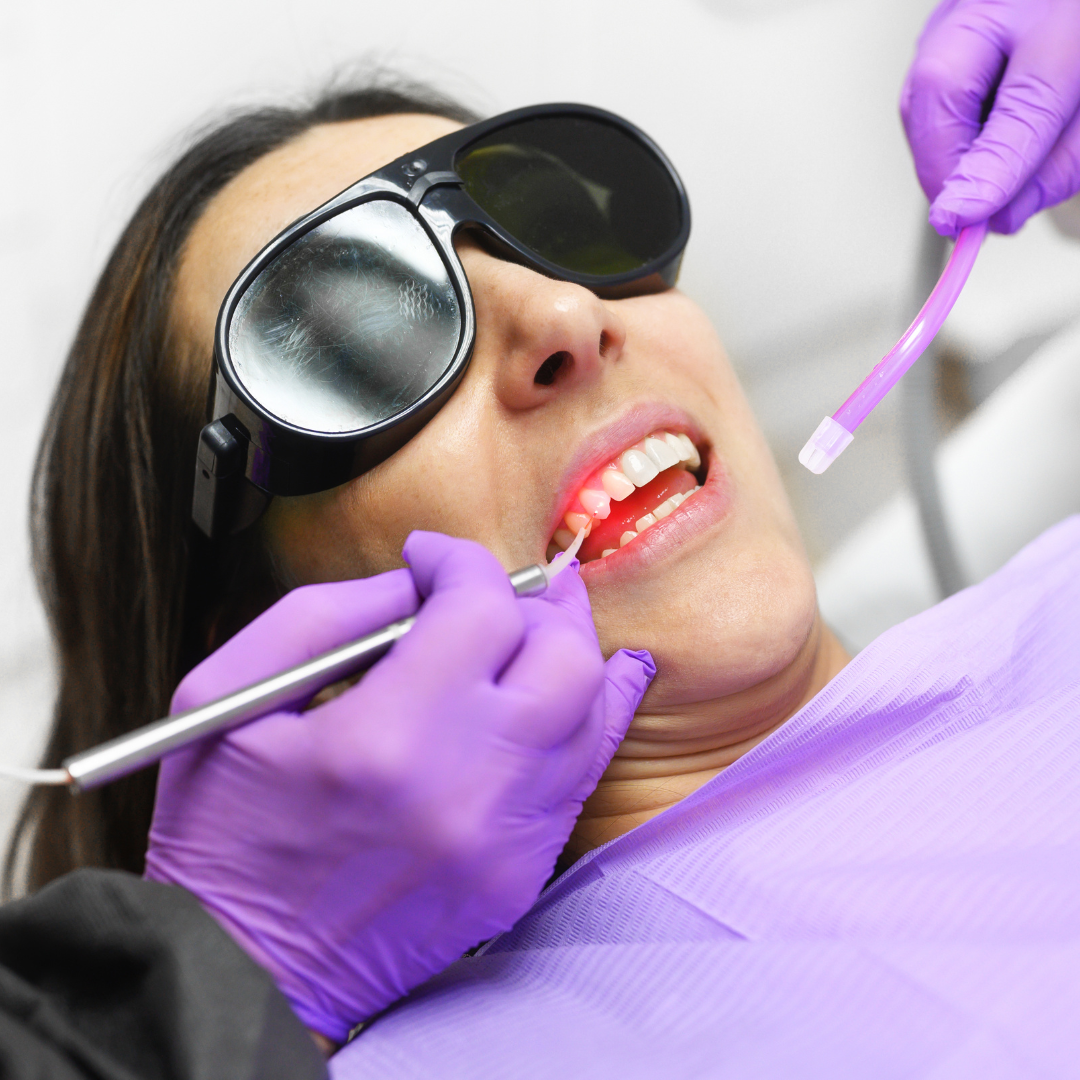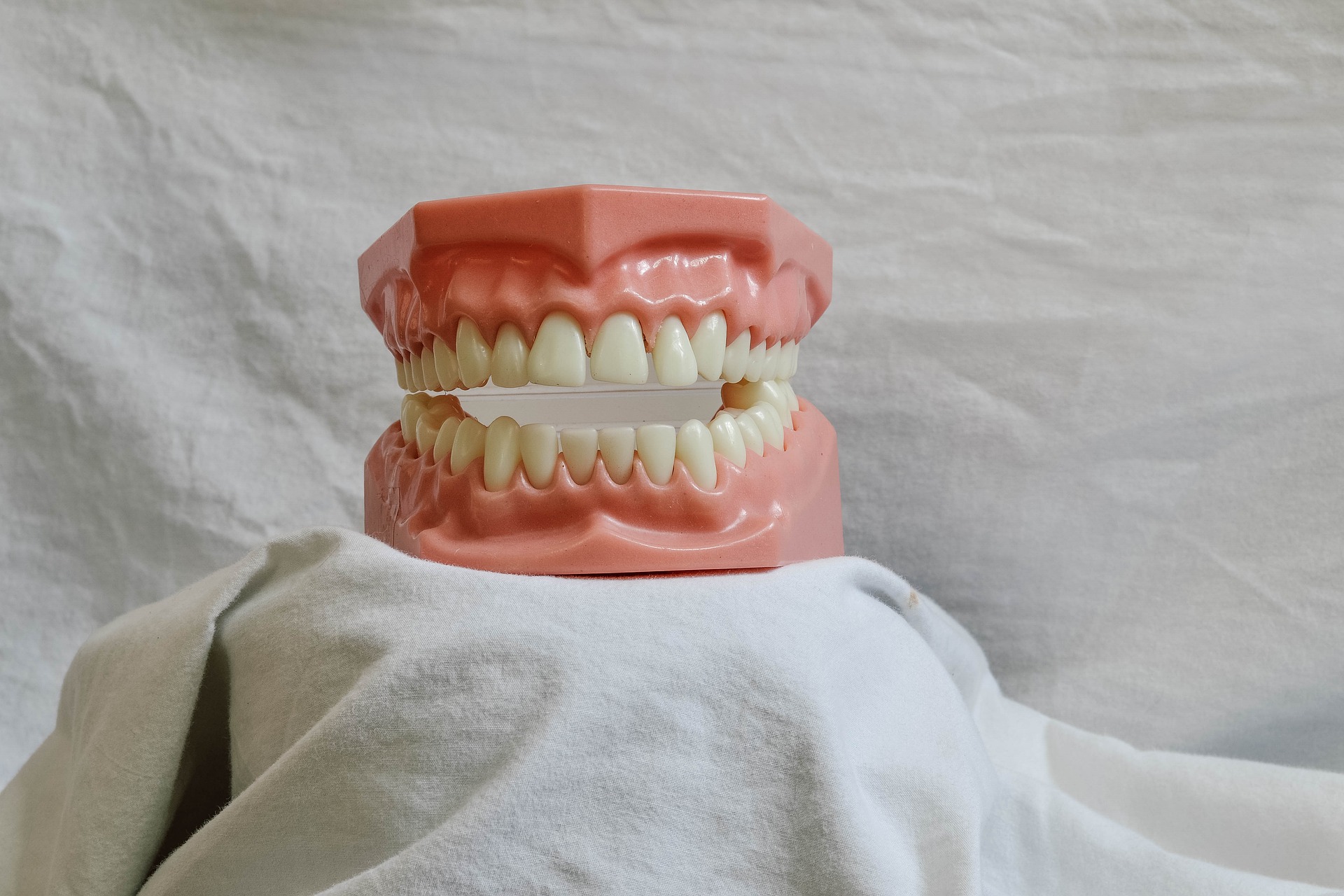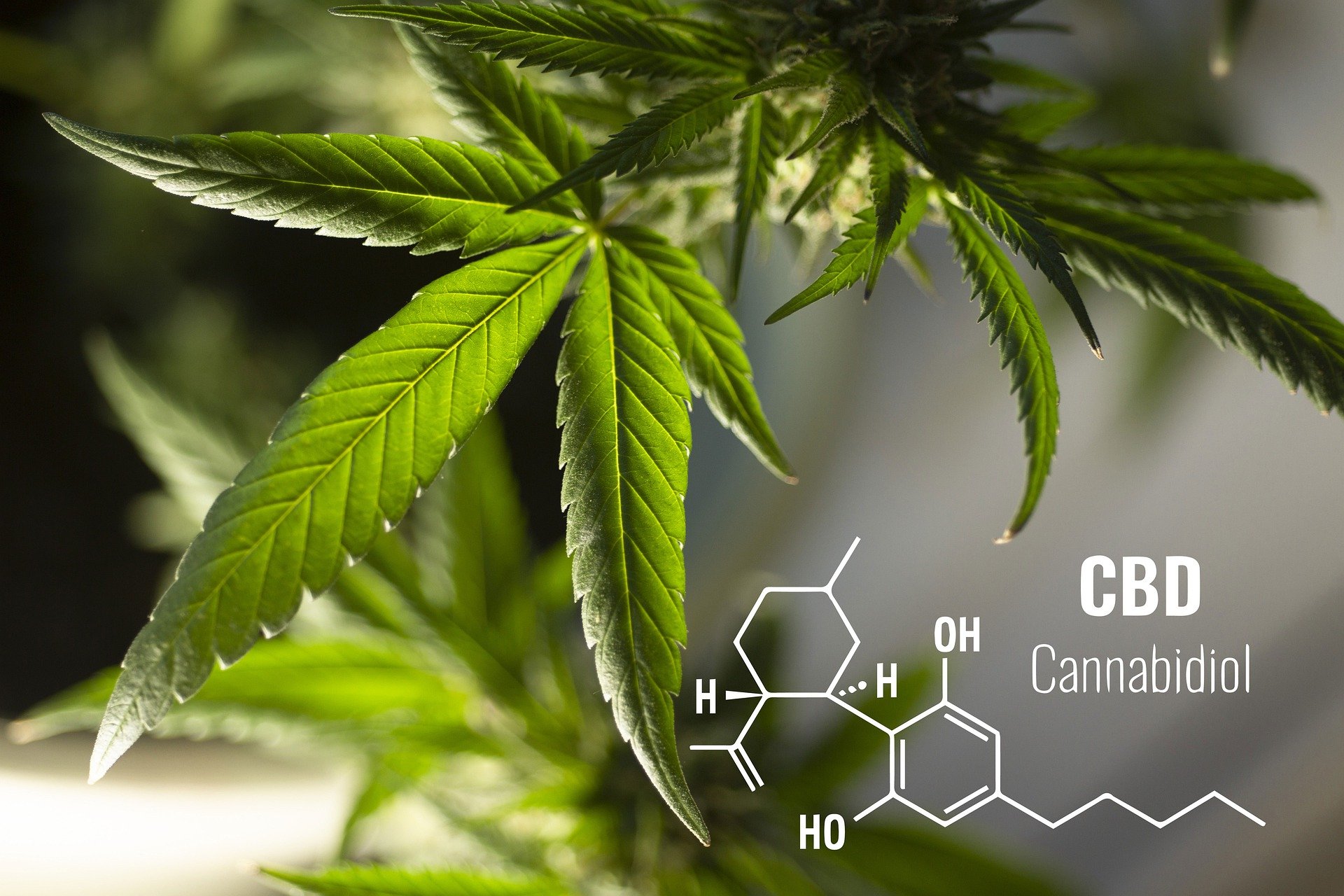Início Manejo clínico em pacientes com diagnóstico de coinfecção Tuberculose/HIV
tratamento

Manejo clínico em pacientes com diagnóstico de coinfecção Tuberculose/HIV
Resumo:
INTRODUCTION: Tuberculosis (TB) is one of the oldest and most lethal infectious diseases in human history. Vulnerable groups, such as people experiencing homelessness and individuals with Human Immunodeficiency Virus (HIV), are particularly affected. Accurate diagnosis is essential, and treatment is standardized by the Brazilian Unified Health System (SUS). Coinfection with HIV amplifies the challenge, making early diagnosis crucial. This scientific review explores the complexities of TB and HIV, analyzing strategies to address this duality in public health. REVIEW: The article covers tuberculosis and HIV history, highlighting their historical impact and evolution in diagnosis and treatment. It emphasizes the importance of early diagnosis and appropriate treatment to control these diseases, which remain public health challenges in Brazil and around the world. DISCUSSION: Robust public policies are essential to ensure universal access to diagnosis, antiretroviral treatment, and appropriate antimicrobial therapy. Active pharmacist surveillance of treatment adherence is crucial to prevent resistance, drug interactions, and enhance clinical outcomes. Continuous patient education regarding treatment adherence and transmission prevention is determinative. Therefore, effective interventions not only improve patients' quality of life, but also curtail the spread of these diseases, contributing to public health. FINAL CONSIDERATIONS: The importance of early diagnosis is emphasized, especially in vulnerable populations where coinfection presents challenges. There is a need for public policies to ensure access to diagnostic services, antiretroviral treatment, and antibacterial therapy, as well as the importance of monitoring treatment adherence to prevent drug resistance. Patient education is crucial to enhance treatment adherence and preventive measures.
Keywords: coinfection, HIV, public health, treatment, Tuberculosis.
Expandir Resumo
Acessar Texto Completo

Efeitos da laserterapia de baixa intensidade como adjuvante no tratamento de lesão lacero contusa – Relato de Caso
Resumo:
INTRODUCTION: Oral injuries of patients in Intensive Care Units (ICU) are recurrent, trauma to orotracheal intubation, tube fixation position and/or excessive pressure on the tissues are well established etiological factors, and may increase the length of stay and facilitate the proliferation of infectious processes, directly impacting on hospitalization costs and outcome of the grievance. OBJECTIVE: To report a multidisciplinary treatment of blunt lacerous trauma to the tongue with the integration of photobiomodulation tissue with low power laser. CASE REPORT: A 23 year old male patient, admitted to the Intensive Care Unit, victim of multiple traumas with evolution to an extensive ulcerated lesion with areas of granulation tissue in the lower lip, extending to the internal labial mucosa, of hardened consistency and significant depth, in addition to a traumatic injury with a lacerocontusion aspect in the dorsum and belly of the tongue, treated multidisciplinary through a prototype of mouth opening maintainer and reconstructive surgery by the oral and maxillofacial team. CONCLUSION: This report demonstrated some possibilities of treatment of a traumatic injury, and its management is still a great clinical/surgical challenge in dentistry and especially for patients in intensive care units (ICU`S) and that the interdisciplinary associated with integrative therapies impact positively on the final outcome.
Keywords: Laser Therapy, Treatment, multidisciplinarity, Dentistry.
Expandir Resumo
Acessar Texto Completo

Mordida aberta: etiologia e relacionamento com hábitos deletérios
Resumo:
An open bite can be defined as the presence of a negative vertical dimension between the incisal edges of the upper and lower teeth. The etiology of the open bite is associated with genetics, such as heredity and environmental factors, such as sucking habits, abnormal tongue function and size, mouth breathing, altered vertical growth pattern and congenital or acquired pathologies. Open bite can be defined as dental, dentoalveolar and skeletal and lead the individual to difficulties in chewing, swallowing and phonation conditions creating unfavorable conditions for the individual in their social environment including psychologically. Treatment is difficult and of little stability and should be started as soon as possible, increasing the chances of success.
Keywords: open bite, etiology, treatment, stability.
Expandir Resumo
Acessar Texto Completo

O uso do canabidiol como medicamento no Brasil para tratar doenças crônicas
Resumo:
Introduction: In Brazil marijuana began along with its discovery, in the country the theme has always brought much discussion, and an exotic plant, native to Asia, used for many centuries for various purposes, such as religious rituals and medicinal practices. Studies of the substances isolated from active cannabis began around 1960, and several substances were discovered, among them the (THC) and (CDB) highlighting cannabidiol (CBD) non-hallucinogenic substance. It also has numerous pharmacological properties. According to the legislation marijuana and considered an illicit drug prohibited in the country, not being allowed possession, acquisition and transport. Before the validity of DRC Nº 327 of December 9, 2019 where was authorized in Brazil the commercialization of products containing (THC) and (CBD), patients who needed to use the plant’s assets for treatment were required to use legal means to obtain authorization to import the drugs with marijuana substances. Therefore, the objective of this research was to carry out a bibliographic review in digital articles and virtual books found in academic Google, in databases platforms Scientific Electronic Library Online (SCIELO), Biblioteca Virtual em Saúde (BVS). Through this, the work sought to describe the general concept of marijuana, seeking to define its concept throughout the proposed theme, as well as to list the benefits to the human body and possible therapeutic actions for diseases, while highlighting the harm caused by its use. Review: Information is presented from a descriptive exploratory research where information on the knowledge of students from 2 public schools in the city of Anápolis is compiled-GO, through a questionnaire where the students answered questions related to the compounds CBD and THC. Discussion: It was possible to understand through the elaboration of this review that Cannabis sativa (marijuana) has been used for thousands of years as a therapeutic method, and that only after having catalogued the substances of the plant, it has been possible to use it as an additional method to traditional therapy. Final considerations: Although marijuana has brought several problems to authorities due to its recreational use, the use of isolated substances brings several benefits to severely ill patients, used as an additional method to conventional treatment.
Keywords: Cannabis sativa, cannabidiol, medicine, therapeutic effect, treatment.
Expandir Resumo
Acessar Texto Completo

